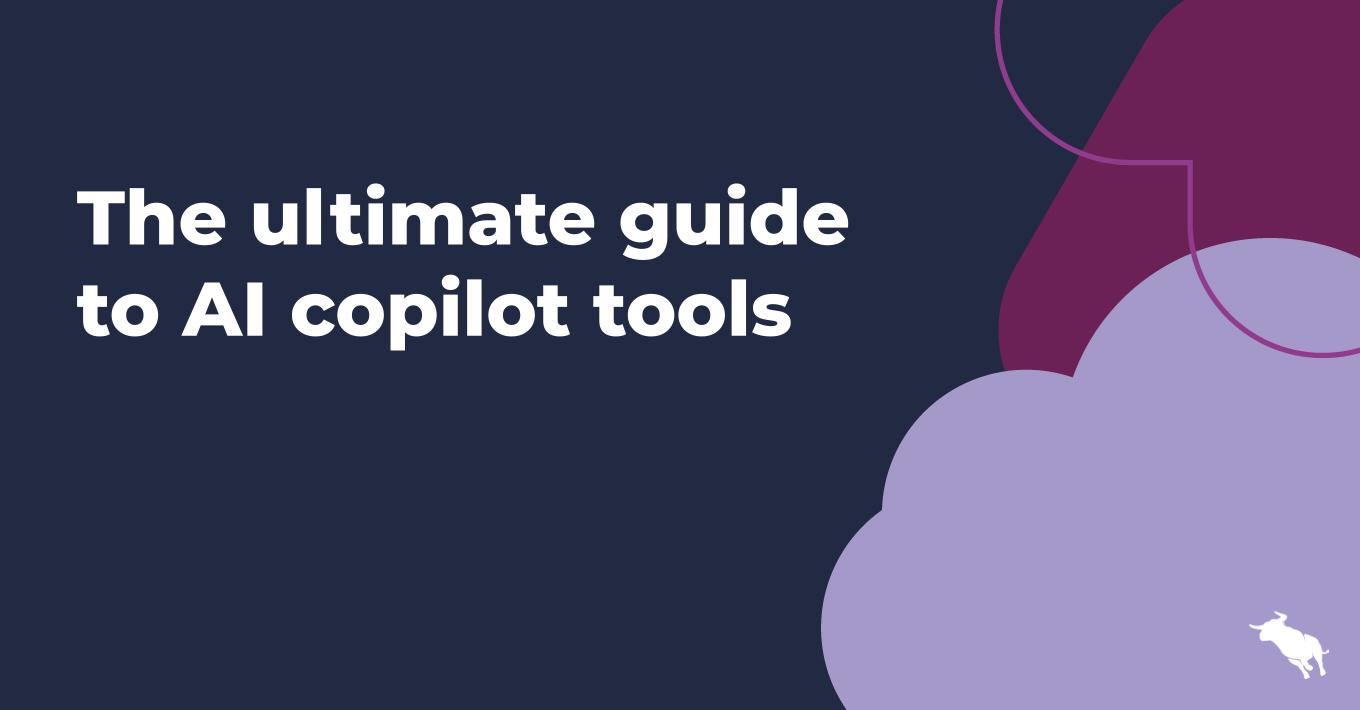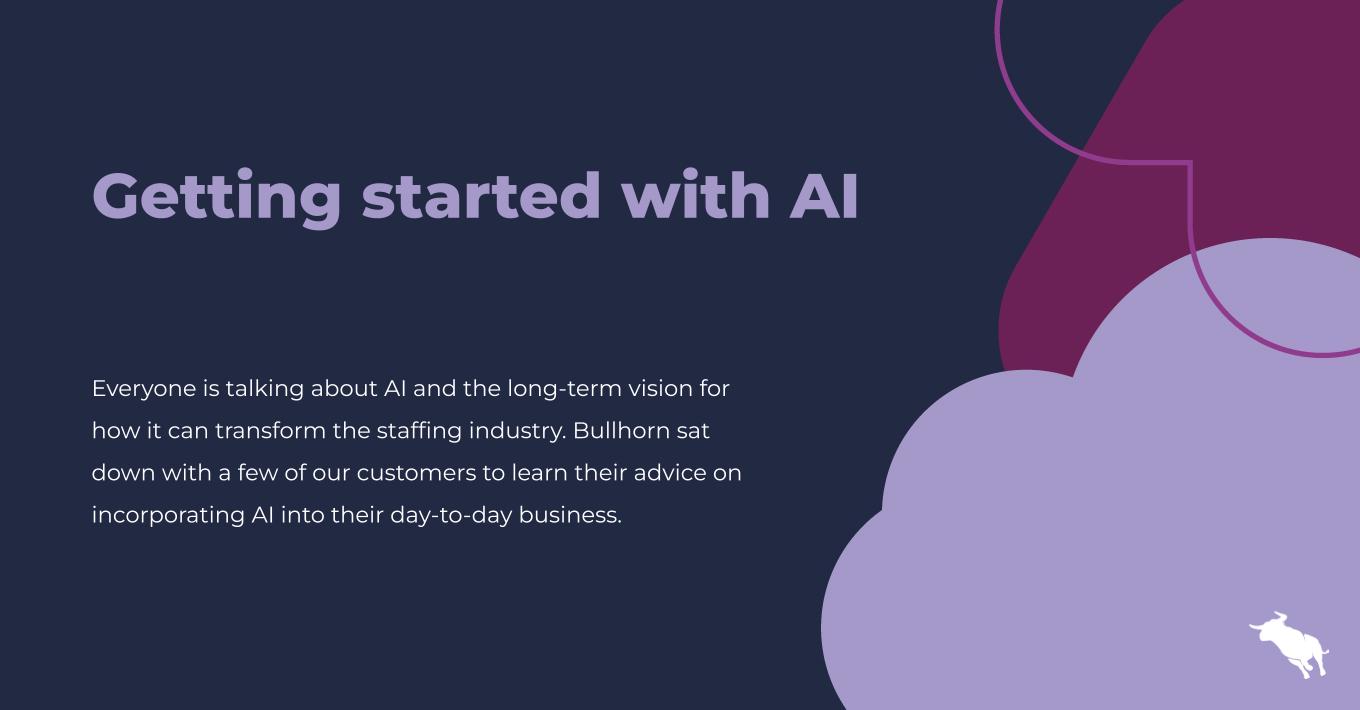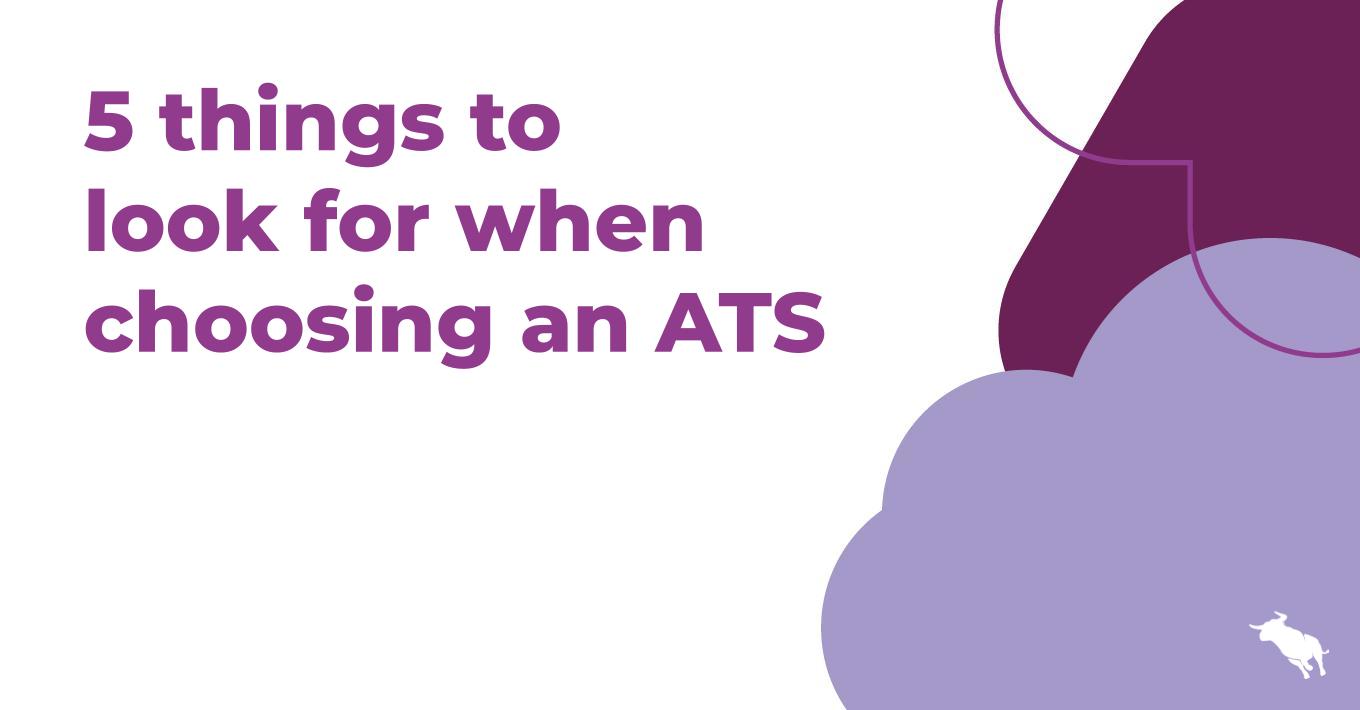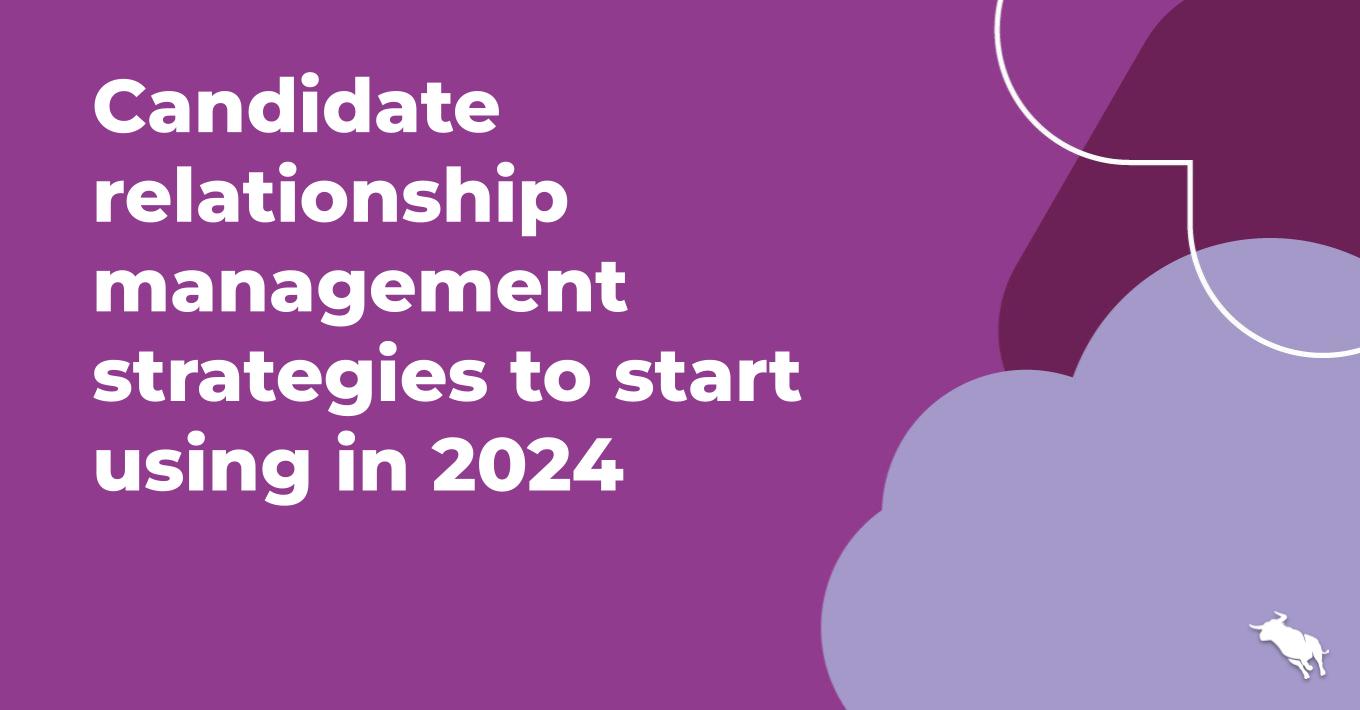Why You Should Invest in Onboarding Automation
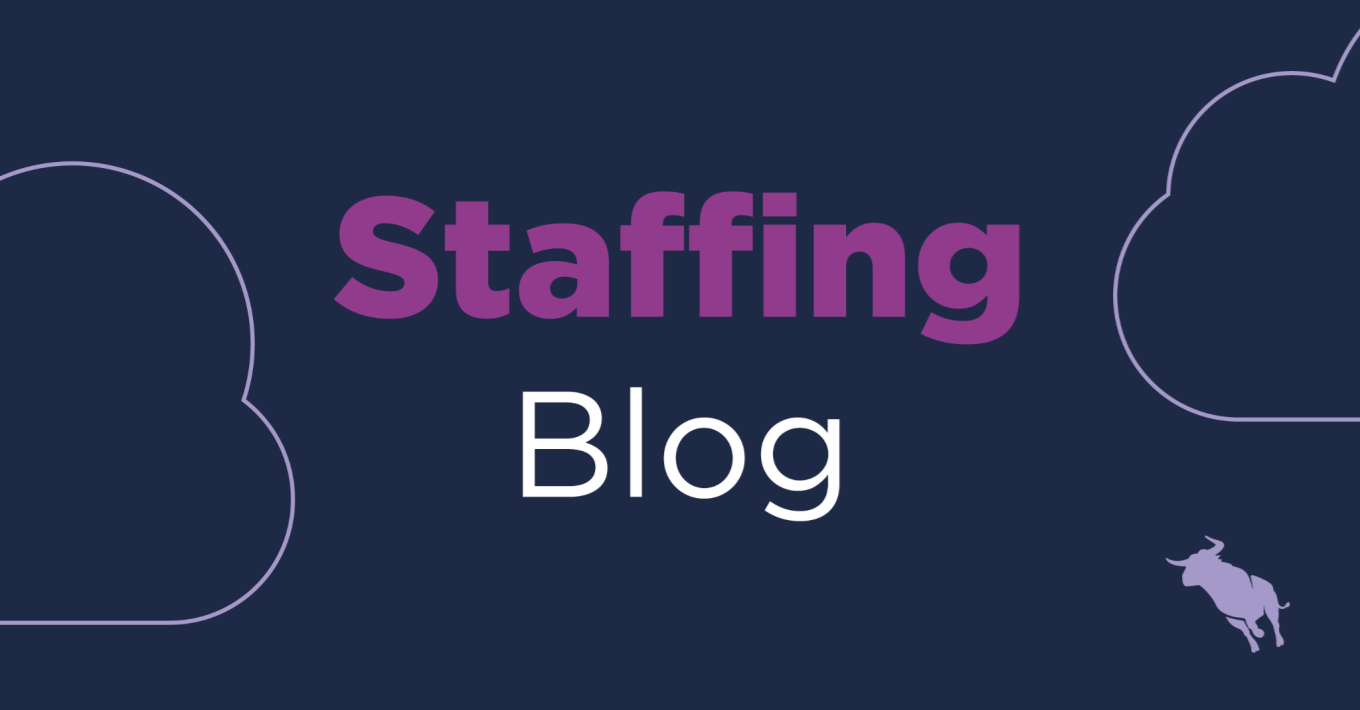
For most organizations, the process of onboarding a new team member is largely identical, no matter their role. There’s still the same information to gather, the same forms to sign, and the same emergency procedures to run through. An email address is set up, a name badge is printed, a company key is cut, and a welcoming handshake is delivered.
It’s odd then that for most companies, this process remains an altogether manual one. The HR department uses the same old forms and follows the same old systems and procedures as their predecessors and their predecessor’s predecessors.
But what if there was a better way?
The pitfalls of traditional onboarding
Manually onboarding new hires hasn’t always been seen as inefficient; indeed, for a long time, it was the best option available. There are a wealth of menial tasks that need to be completed as part of the onboarding process, so exertion and tedium were considered par for the course.
These small tasks could include any or all of the following:
- Schedule an onboarding session with the new hire.
- Print out company policies to be read and signed.
- Print out documents to capture personal information.
- Manually key the handwritten data into a computer.
- Cast a secondary eye over the data processing to ensure no mistakes were made.
- Schedule a new hire’s introductory meetings with the appropriate departments.
- Prepare training modules applicable to the new hire’s position.
- Pair new hires with a peer or mentor who can guide them through the initial phase of their employment.
- Set the new hire up in the organization’s IT and email systems.
- Provide the new hire with a phone and computer, and load the appropriate software.
- Provide the new hire with an ID card, a company key and any other necessary personal items.
When done for new hire after new hire, each of these steps demands that a vast amount of resources and energy be devoted to it. And this investment doesn’t even generate a nice return – the process is all too prone to human error, and must be repeated if someone accidentally missteps. This not only has a negative effect on the employer or staffing firm, it also leaves the new hire confused and impatient.
Thankfully we live in an age of automation. What once required hands can now be done with tech. And happily, the manual, laborious and repetitive process that is employee onboarding is almost asking to be automated.
The benefits of onboarding automation
Automation is an investment. While turning your onboarding process from largely manual to largely automatic will demand a commitment of significant resources, if done well the return on this investment will be stunning. But what does this ROI look like in real terms? Why should an organization, be they an employer or staffing firm, bother with automating their new hire process?
Employer/staffing firm benefits
The organization-side benefits of onboarding automation are many and varied.
- It saves time and effort: Manual onboarding generates a colossal amount of work for those in administrative roles. Automation frees these workers from the mundane and repetitive and allows them to focus on more productive work.
- It saves money: It’s undeniable – less labor equals less cost. The replacement of paper and ink with digitized documents will see supply costs go down as well.
- It minimizes human error: No human can match the precision of a machine. The cost of a single errant keystroke can continue to be felt by an organization for years, but automated processes remove the possibility of this happening.
- It follows the process to the letter: Automating the process ensures that no steps will be skipped and no shortcuts will be taken. Automated communications such as “Please complete your W2” or “We haven’t received your 1099” can do the follow-up for you, ensuring due process is followed.
- It offers greater security: A new hire’s personal information is inherently sensitive and should be handled with the utmost care. Data collection processes based on paper and ink simply can’t offer the same level of security as those that utilize a digital database.
- It allows you to collect more data: The inefficiency of the manual onboarding process results in it obtaining the minimum amount of information, lest the new hire gets annoyed at the laboriousness of it all. But automated efficiency allows you to ask more questions with confidence.
- It reduces candidate departure rates: If the onboarding process is overwhelming, a new hire could be (understandably) concerned about the experience of actually working for this organization. A smooth, automated onboarding process will minimize candidate drop-off.
- It keeps new hires engaged: You can even set up automated communication processes that check in on new hires, offering comfort during those testing first days. A simple “how are you doing?” email can be endlessly reassuring to someone who perhaps feels overcome by the onboarding process.
Benefits for new hires
But the benefits don’t stop with the employer – the new hire profits from automation too.
- It offers a less overwhelming experience: If they are to succeed in their new position from day one, new hires need to be supplied the right information at the right time. Automation sticks to a process and can track a new hire’s progress.
- It closes the feedback loop: Regular automated communication offers a new hire the opportunity to flag issues and difficulties that they may be facing. This both makes the onboarding process less stressful for the new hire and helps the employer to improve the process for the next hire.
- It allows work to start sooner: The more efficiently a new hire is onboarded, the quicker they can actually do the job that they were employed to do!
- It offers a consistent experience: Manual onboarding processes inevitably differ from candidate to candidate – one might enjoy a great experience, while another might be hurried through. Automation ensures consistency across the board.
- It guarantees security: An onboarding automation process gives a new hire confidence that their personal information will remain confidential and secure.
How do you automate onboarding?
That’s the ‘what’ and ‘why’ covered, so let’s now take a look at the how.
Exactly how do you automate your onboarding process? This will generally be the responsibility of an organization’s recruitment marketing or recruiting operations department, so the answer to this question will be directed at these professionals. The implementation of onboarding automation can be summarized in the following five steps:
1. Document the current process: Before improving a process, you must first understand that which you are trying to improve. All onboarding processes are made up of a number of moving cogs, so it’s crucial to understand what each step in the process involves and how it interacts with the other steps. Talk with the people involved in onboarding, whether they be in HR, Operations, IT or any other department, and gain a complete picture of what the process looks like.
2. Identify tasks you can’t automate: If you look at the tasks listed above you’ll notice that a certain amount cannot be automated – they are inherently physical or require human interaction. While these parts of the process may not be appropriate for automation, it doesn’t mean that they can’t be improved or indeed eliminated. Ask yourself – are these tasks inefficient or superfluous?
3. Understand each automatable step: Now it’s time to focus on the steps that you can automate and improve. It’s time to get thorough, and when I day thorough, I mean thorough. Document what is needed to complete each task in the process chain by asking:
- Who is responsible for this step?
- What input is required for the task?
- What applications will be used?
- What is the desired result?
4. Script the automated process: Once you’ve developed a complete understanding of where the process currently is, and where you need it to go, it’s time to do what IT professionals are paid to do – script the new automated process. This step could be tackled any number of ways, but the result will (ideally) always be the same – a new, automated onboarding process that gains the endorsement of all onboarding stakeholders.
5. Amalgamate the automated and manual tasks: As we identified above, not every aspect of the onboarding process will be able to be automated. So your final job is to amalgamate both the automated and the manual tasks to re-establish a comprehensive end-to-end process.
Along with offering greater efficiency throughout the process, onboarding automation can also facilitate engagement with candidates. It can be designed to offer direct communication between employer and new hire, with instant feedback helping to further improve the onboarding process for future hires.
Onboarding automation is all about reducing friction. The benefits are many and varied and stretch far beyond simply offering both the organization and the candidate a smooth experience.

